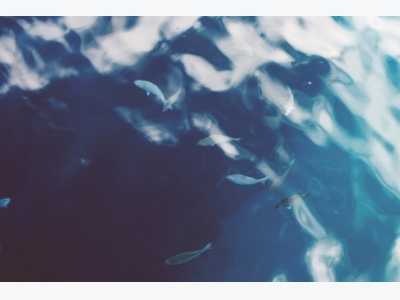What is Aquaculture? 5 Facts You Should Know

Aquaculture, also known as fish farming, is the farming of aquatic organisms such as fish, crustaceans, molluscs and aquatic plants. Life cultivated through aquaculture can be monitored and controlled for quality, as opposed to those raised in the wild.
Many of us pick up seafood from the grocery store that is the product of aquaculture. But have you ever wondered how your food got from the water to your shopping cart? Here are some quick facts about aquaculture that you should know.
1. Aquaculture is a Bigger Industry Than You Think
A report from 2010 showed that 54.8 million people are involved in aquaculture worldwide, with big numbers from Asia, Latin America and the Caribbean. Statistics from the Food and Agriculture Organization of the United Nations suggest that more jobs are on the way to the states, after an increase of 18% from 1998 to 2007. This sector, like agriculture, employs for full-time and seasonal work.

2. Lots of Fish Come from Farms
According to the NOAA’s FishWatch, aquaculture accounts for approximately half of the world's seafood production. The fish farmed through aquaculture aren’t strictly for eating, either—they can be grown as feed for other animals and farmed for sport fishing and to restock lakes and rivers.

3. Farms Produce More than Just Fish
Besides farming the seafood we eat directly, aquaculture also produces sea vegetables, fish roe and with certain fish species, other marine life like crabs and shellfish. Indonesia is one of the leading countries in the aquaculture race globally with their seaweed exports, which is farmed for use in sushi preparation across seas.

4. Fish Farmers Have Great Control Over Their Business
Fish farmers have the opportunity to sell their food both locally and on the global market where the product can be sold to regions with different climates that may not be able to raise or grow that species. For example, Sea Farmers is one Mexican-based company dedicated to responsibly growing mollusks for sale at home in Mexico or in foreign markets.

5. Earth-Friendly Farms are Easier to Find
It is possible for fish farms to conduct their work in a way that is friendly to the fish, workers and the planet; it’s simply a matter of the consumer knowing which companies use these humane models. Regal Springs raises Tilapia in pristine deep-water lakes in Mexico, Honduras and Indonesia without the use of antibiotics, growth hormones or chemicals. They also educate and support the communities there. Look for fresh Tilapia from Honduras or Mexico as well as Kirkland Signature Tilapia (from Costco) to ensure you're buying consciously farmed fish.

Photo credit: Josef Holland-Merten
Related news
 Exports of aquatic products estimated at 4.3 bln USD
Exports of aquatic products estimated at 4.3 bln USD Vietnam’s export turnover of aquatic products was estimated at 727 million USD in July, raising the total in the first seven months of this year to 4.3 billion
 Seafood exports estimated at 8 bln USD in 2017
Seafood exports estimated at 8 bln USD in 2017 Vietnam’s export turnover of aquatic products is forecast to reach 8 billion USD in 2017, up 14 percent year on year
 Can Aquaculture Save the World?
Can Aquaculture Save the World? In the last half century, aquaculture has gone from being small-scale and marginal to becoming a major force of global food production.